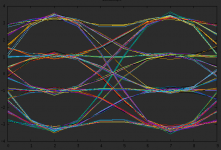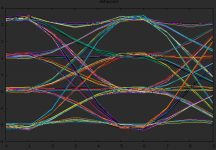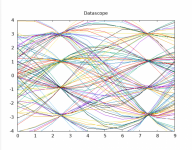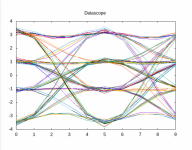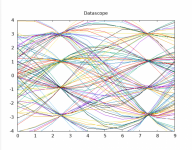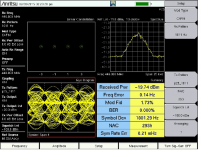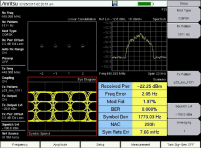BLUF: Why can I receive a P25 channel regardless of the modulation type (C4FM vs CQPSK) but while scanning the radio will only land on this channel if the modulation is set to CQPSK?
~~~~~~~~~~~~~~~~~~~~
I have an Astro Spectra that mostly gets used as a scanner for conventional channels, a mix of NFM and P25. It has worked flawlessly for years.
Last weekend I noticed that the radio would no longer land on a specific P25 channel when scanning. If I tune it to that channel manually, it will still receive it and it sounds fine. I did not make any changes to my setup. The squelch is just digital csq, but I did double check with op25 and the NAC has not changed.
I did some experimenting and noticed that my XTS2500, which is programmed the same way, has the same problem.
The only thing I can find that fixes this was to change the modulation type from C4FM to CQPSK. After this change both radios will now land on that P25 channel while scanning.
A few questions:
Thanks
~~~~~~~~~~~~~~~~~~~~
I have an Astro Spectra that mostly gets used as a scanner for conventional channels, a mix of NFM and P25. It has worked flawlessly for years.
Last weekend I noticed that the radio would no longer land on a specific P25 channel when scanning. If I tune it to that channel manually, it will still receive it and it sounds fine. I did not make any changes to my setup. The squelch is just digital csq, but I did double check with op25 and the NAC has not changed.
I did some experimenting and noticed that my XTS2500, which is programmed the same way, has the same problem.
The only thing I can find that fixes this was to change the modulation type from C4FM to CQPSK. After this change both radios will now land on that P25 channel while scanning.
A few questions:
- Is there a way to know what the right modulation setting should be for my other P25 channels, other than trial and error?
- I tried looking at the eye plot on op25, and to me it still looks like C4FM (based on this), but I may be wrong about that and I'm not sure if this is even valid way to test. I tried op25 with the demodulator set to both fsk4 and cqpsk - the eye plot looks the same and the audio sounds the same to me.
- Do I just set everything to CQPSK at this point? Any downside to that?
- Can anyone explain why this happens? Obviously the system owner changed something, but why won't scan land on this channel despite the radio still being able to receive and demodulate it?
Thanks


